By Olivia Lockett
As fast fashion falls out of favor, Flagler College students are embracing conscious consumption, trading brand names for one-of-a-kind thrift finds.
“Fast fashion sucks,” Flagler College student Colin Locatell said. “I don’t think I have one piece of clothing that was mass-produced—at least not recently. Thrifting is my way of doing my part for the environment. You can’t avoid everything, but that’s a pretty easy way to help.”
From curated vintage boutiques to church-run thrift stores, sustainable shopping has seen a noticeable surge among the city’s college-aged residents.
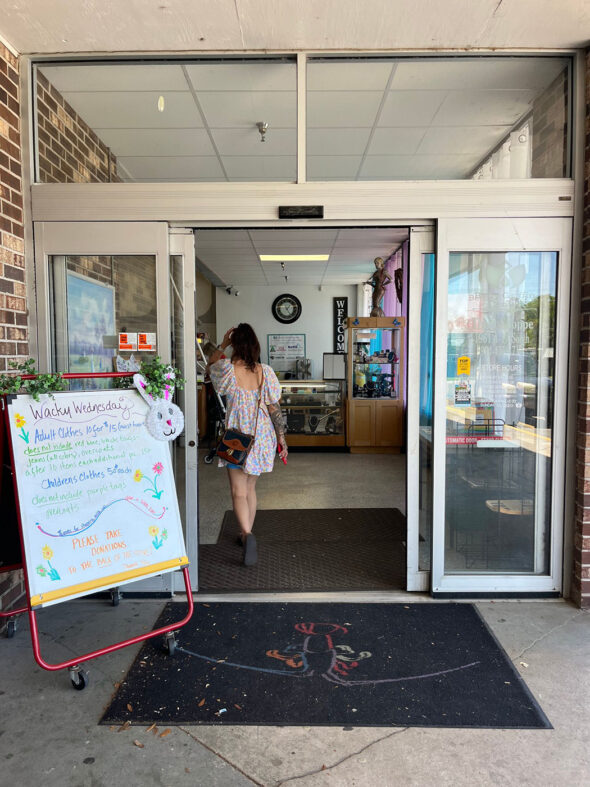
Previous generations have thrifted out of necessity, but Gen Z consumers are choosing it for environmental, ethical, and aesthetic reasons.
“When I want to buy something, I always try to buy it secondhand first,” Flagler student Ellie Wolf said. “Pretty much all of my friends that live here are the same way.”
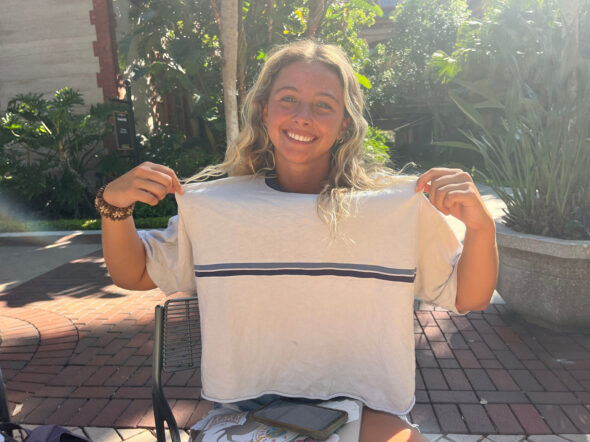
According to Capital One Shopping Research, 83% of Gen Z consumers have either purchased or are interested in secondhand apparel. This is 10.7% more than the average for all age groups.
“I think thrifting is more prevalent here because of the culture at Flagler of individuality as much as it is largely about the environmental benefits that thrifting has,” Flagler student Bethany McMahon said.
In a city like St. Augustine, known for its historic charm and eclectic local businesses, the movement feels like a natural fit.
“Thrifting is especially big here in St. Augustine,” Locatell said. “It makes it pretty easy for us to do because there are so many thrift shops in the area.”
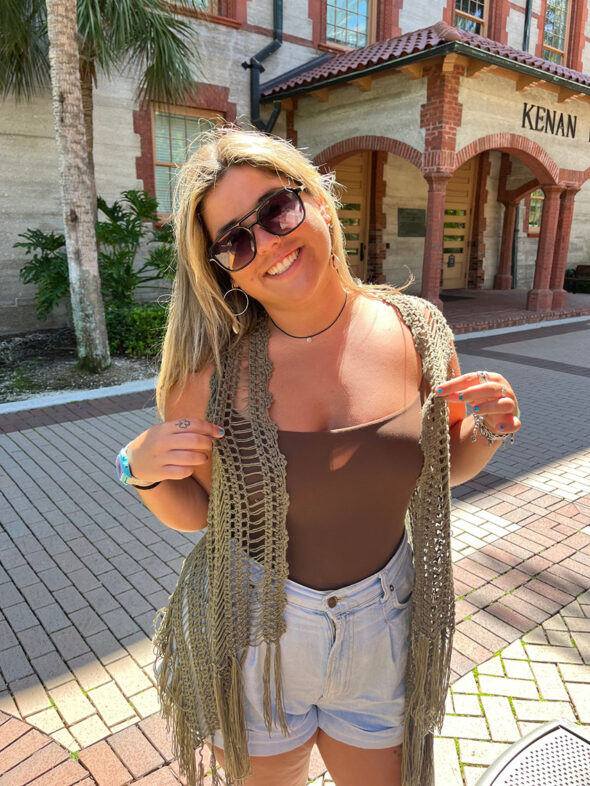
The Surf Stop worker, Jaclyn Kmit, has noticed the increased trend in thrifting firsthand.
“It’s all Flagler kids in our thrift nook section,” Kmit said. “ I’ve seen more college-aged people come for the nook than the new products.”
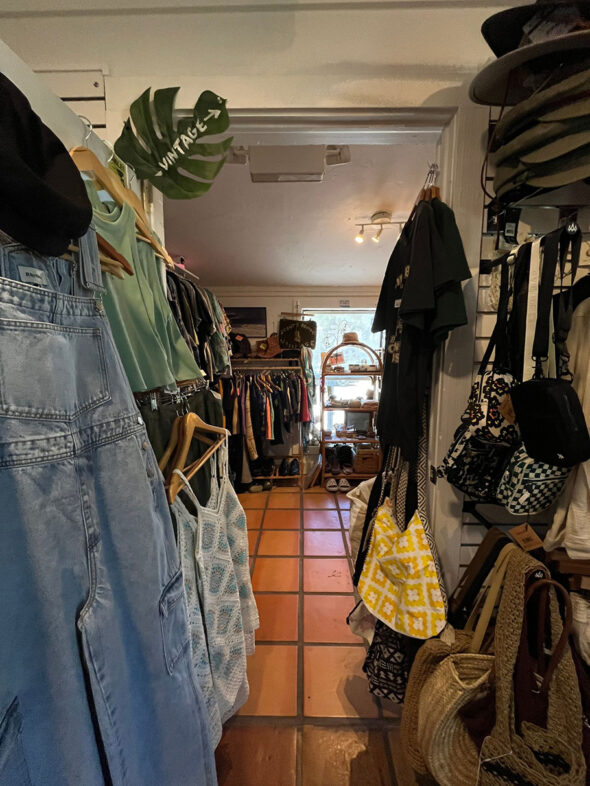
Stores like St. Vincent de Paul, Betty Griffin Center Thrift Shop, and The Surf Stop have become weekend destinations for students.
“Betty Griffin is always my favorite place to go,” McMahon said. “They even do fun deals on different days of the week, like on Wednesdays, you can get 10 pieces of clothes for $10.”
While fashion drives much of the thrifting trend, sustainable shopping has extended beyond clothing, largely due to the recent increasing prices of daily items.
“I thrift mainly because I don’t make enough money for some of the things I need,” Flagler student Mia Kasen said. “I buy furniture, kitchen stuff, utensils, household essentials—things like that.”
Some people have found a way to benefit from this rise of secondhand shopping in more ways than scoring unique pieces at a lower price—by buying and reselling for profit. Depop is a popular site where users can curate their own cyber shops to buy and sell secondhand fashion.
“I started my Depop account two years ago as a way to make some extra money from a hobby I already enjoyed,” Flagler student Parker Collins said. “I go to thrift stores at least two or three times a week now. Almost all the clothes I wear have been thrifted.”
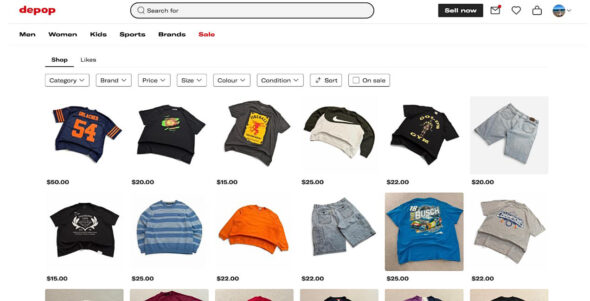
Whether it’s the eco-friendly aspect, the individuality, or the opportunity to shop at lower prices, St. Augustine’s thrift scene shows no sign of slowing down. Shop owners are expanding their selections, and students are redefining what it means to shop with purpose.
“Our generation really appreciates passed-down items. Sometimes, that can even add value to them,” Kasen said. “I think thrifting is definitely here to stay.”

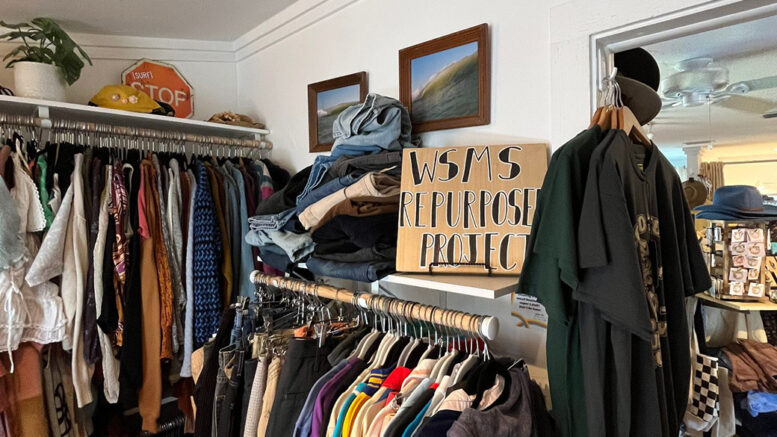


Be the first to comment on "The Rise of Conscious Consumption in St. Augustine"